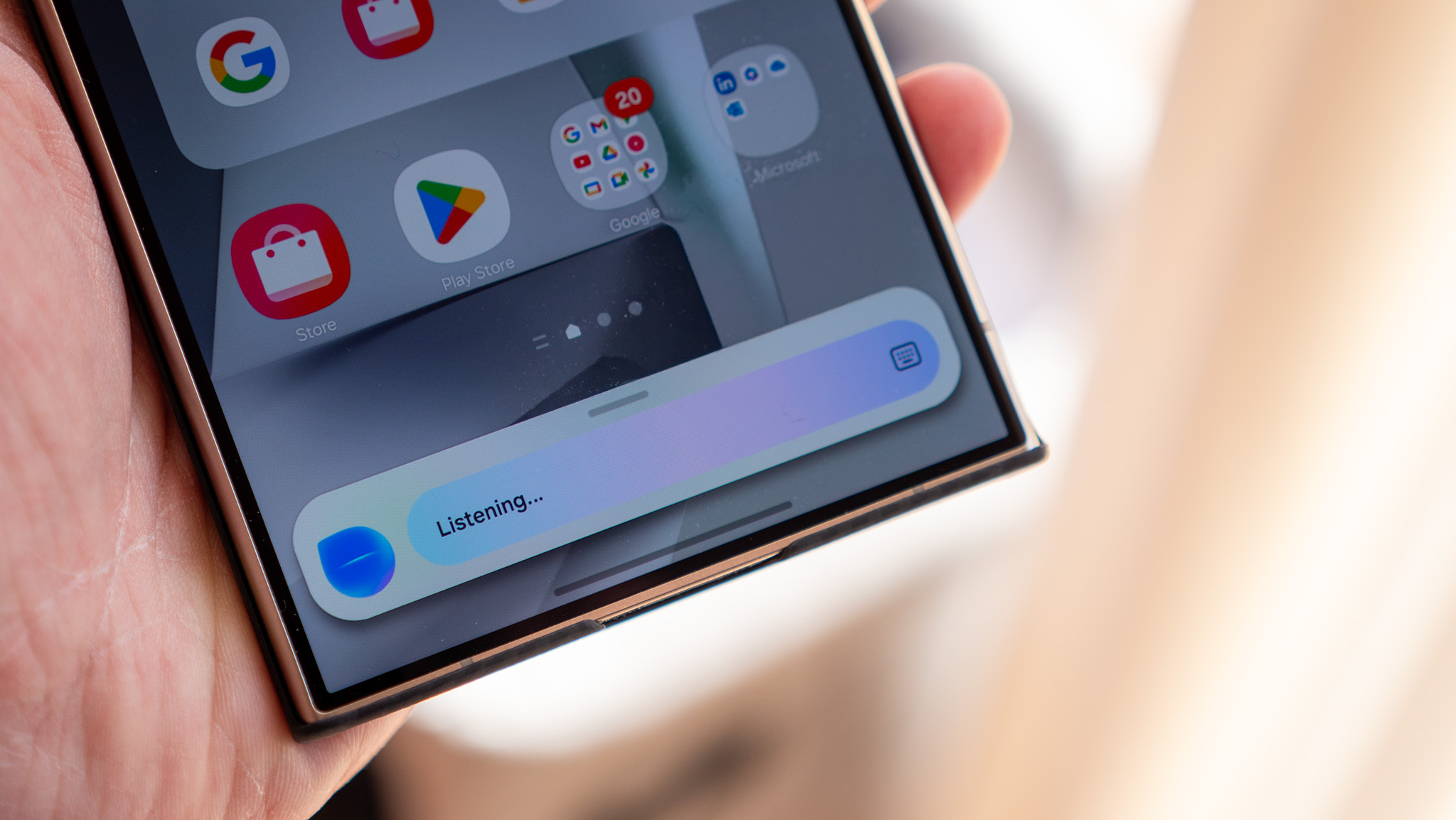NVIDIA Shield TV Pro vs. Apple TV 4K (2021): Which should you buy?
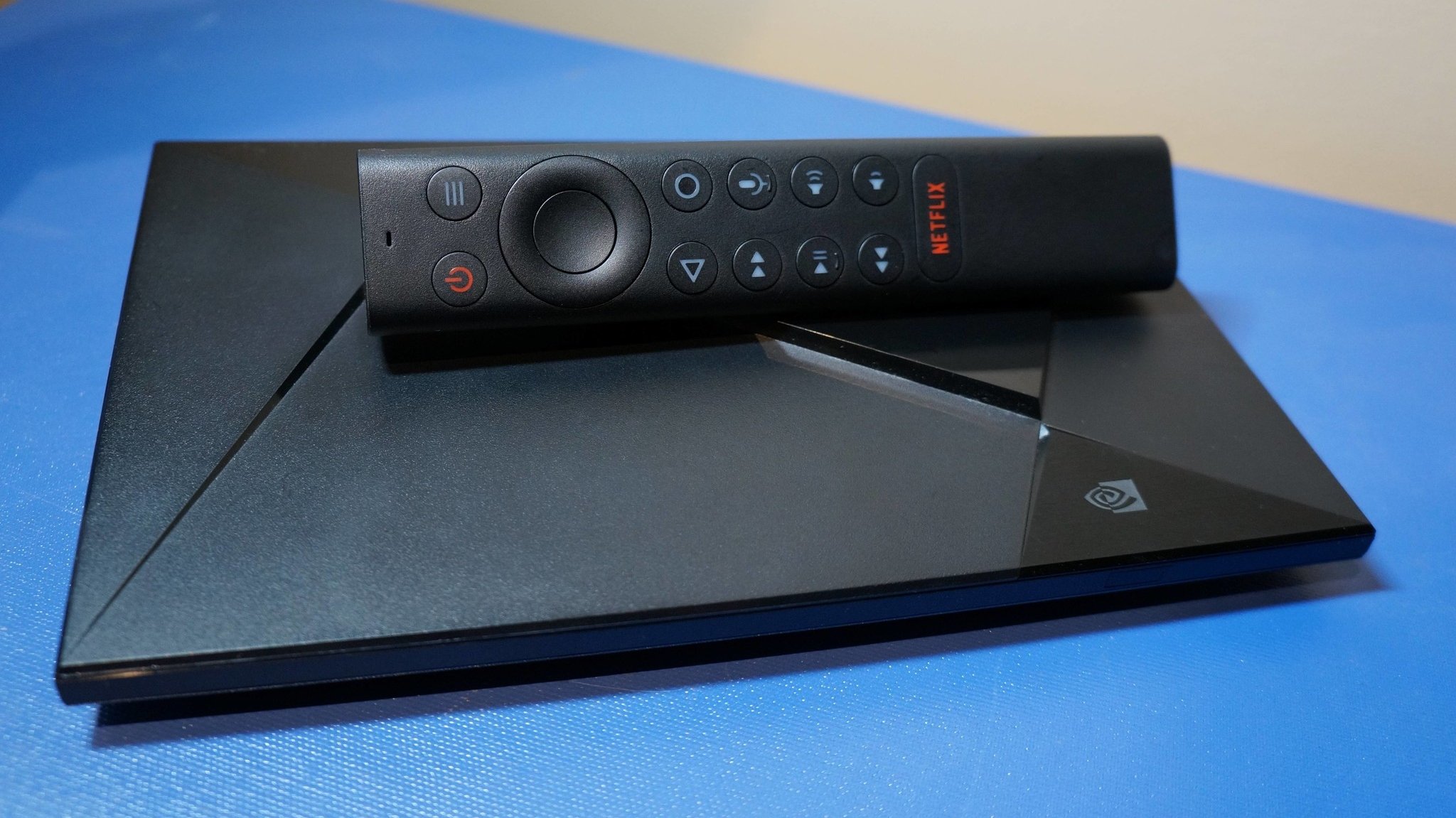
NVIDIA Shield TV Pro
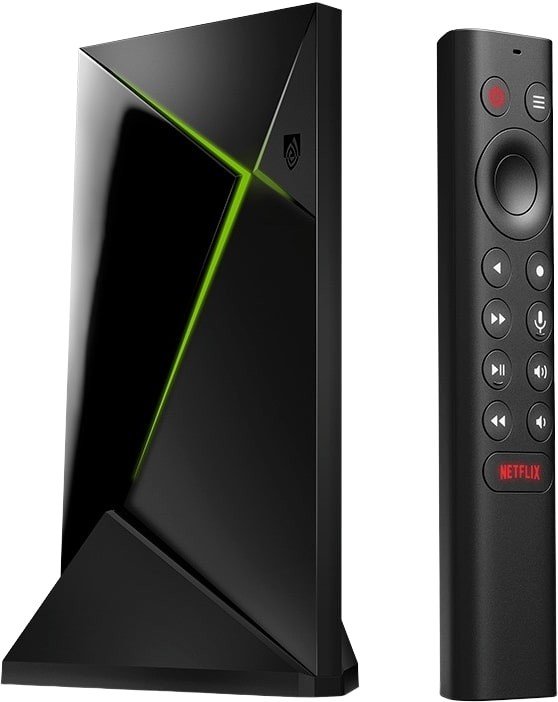
The NVIDIA Shield TV Pro is our favorite streaming device for a multitude of reasons. It works the best with Google's ecosystem, includes the ability to expand the storage, and is better for those who want to game on their main TV.
NVIDIA Shield TV Pro
For gamers
Apple TV 4K (2021)
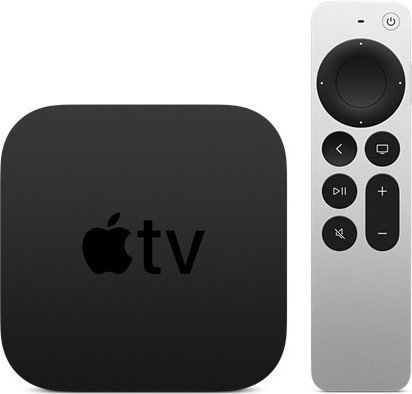
Apple made a lot of right moves with the Apple TV 4K (2021) while finally upgrading the included remote. You'll get 4K HDR support with Dolby Atmos and Dolby Vision, and will eventually allow you to view content in 4K at 120Hz.
Apple TV 4K (2021)
New hotness
Now that Apple has finally updated and upgraded its flagship Apple TV model, it's a much more formidable opponent when compared to the best streaming devices. Our upgraded pick, the NVIDIA Shield TV Pro, is a fantastic option as it stands, even without including 4K/120Hz support. But how does the best Android TV streaming device stack up against the best Apple TV? Let's find out.
Shield TV Pro vs. Apple TV 4K (2021): Break it down now ...
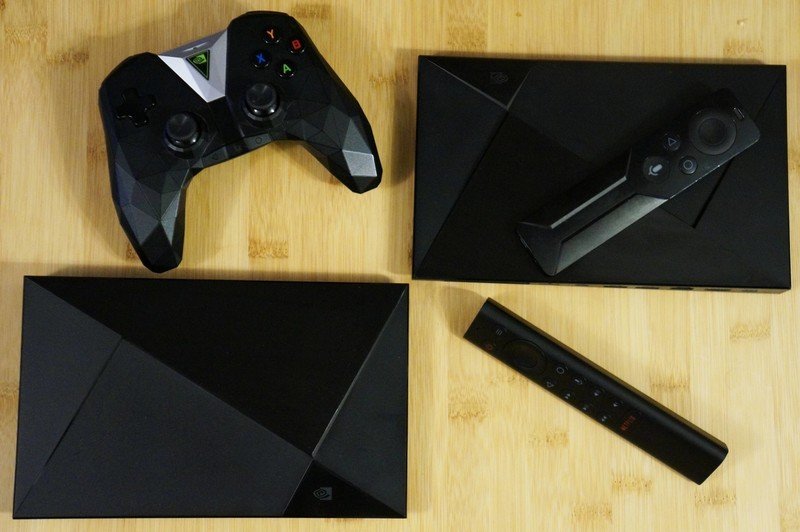
From a specification standpoint, it's a mixed bag here. The Shield TV Pro is using the latest NVIDIA Tegra X1+, but the Apple TV 4K (2021) does not use the latest Apple chipset. Instead, Apple opted for the A12 Bionic, which launched back in 2018 alongside the iPhone XS. That doesn't mean that the A12 is a slouch, it's just kind of surprising to see Apple using outdated internals for its latest streaming device.
Apple gains the edge when you look at onboard storage, as you can opt for either 32GB or 64GB. But that's it. As soon as the storage is filled up with games, apps, movies, or other content, you'll be relegated to deleting some things. Meanwhile, the Shield TV Pro sports just 16GB of onboard storage, but it can be expanded thanks to the dual USB 3.0 ports on the side. This means that you can use one of the best external drives for the Shield TV Pro and really beef up the storage. With this ability, you'll be able to use the Shield TV Pro as a Plex Media Server, which gives it another advantage over the Apple TV 4K if you have a massive library of content.
| Header Cell - Column 0 | NVIDIA Shield TV Pro | Apple TV 4K (2021) |
|---|---|---|
| Processor | Tegra X1+ | Apple A12 Bionic |
| Operating System | Android TV | tvOS |
| Storage | 16GB | 32GB / 64GB |
| External Storage | Yes | No |
| 4K resolution | Yes | Yes |
| HDR10 | Yes | Yes |
| Dolby Atmos | Yes | Yes |
| Dolby Vision | Yes | Yes |
| Voice Control | Google Assistant / Amazon Alexa | Siri |
| AI Upscaling | Yes | No |
| Price | $200 | $179 / $199 |
So we already have a basis of where the new Apple TV 4K stands in terms of performance, but how does it stack up in terms of capabilities? Well, Apple seems to have made a lot of the right moves in terms of playback quality, and we aren't just talking about the 4K resolution.

Both the Shield TV Pro and Apple TV 4K (2021) are compatible with all of the usual content compatibility suspects you look for. This includes the HDR10, the most common form of High Dynamic Range found in many streaming devices and television. Dolby Vision support is also onboard both of these streaming devices, to go which pairs quite nicely with Dolby Atmos support. Basically, you can't go wrong either way when trying to get the best picture or sound quality with either of these options.
Get the latest news from Android Central, your trusted companion in the world of Android
There is one area where NVIDIA gains the upper-hand and that's with its AI Upscaling functionality. Apple's TV 4K (2021) does feature upscaling support for 1080p content, but NVIDIA uses a propriertary method that has turned out to be quite impressive.
The final difference when comparing the Shield TV Pro to the Apple TV 4K is the price. The Shield TV Pro is priced at $199, while the TV 4K starts at $179 for the 32GB model and goes up to $199 while doubling the storage to 64GB. If you want to get one of the best streaming devices and don't really care about storage, then the base model Apple TV 4K (2021) is a great option. You'll just miss out on the Android TV experience, while being limited to using Siri for your requests.
Shield TV Pro vs. Apple TV 4K (2021): Moving the focus to gaming
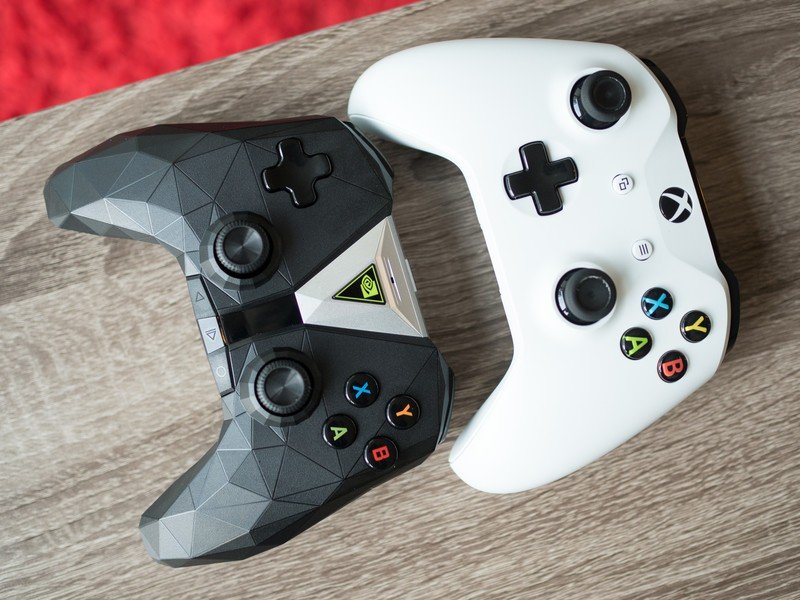
Considering that getting a new PS5 or Xbox Series X is still practically impossible, this has left users looking to other methods for playing games on the best gaming TVs. Apple has a vast library of games with the help of Apple Arcade, and NVIDIA's Shield TV Pro can take advantage of the Advanced Android gaming selection of games.
While the TV 4K may have an upper-hand thanks to Apple Arcade, the Shield TV Pro fights back with cloud-gaming and NVIDIA GameStream. As you might expect, you can use NVIDIA GeForce Now with the Shield TV Pro, streaming all of your favorite AAA games in your Steam library right to the big screen. Meanwhile GameStream provides 4K HDR gaming at 60 FPS right from your desktop computer. The only real requirement is that you must be using an NVIDIA GeForce GTX graphics card in order to take advantage.
The Apple TV 4K (2021) will be just fine for the casual gamers who are fine playing titles from Apple Arcade. But if you want to get into some more intense gaming sessions, then the easy pick is the NVIDIA Shield TV Pro.

The way to go if you want a no-frills setup process and have Apple products
With Apple TV 4K, expect 4K HDR support with Dolby Atmos and Dolby Vision, and it will eventually allow you to view content in 4K at 120Hz. Plus, Apple finally upgraded its included remote.

Andrew Myrick is a Senior Editor at Android Central. He enjoys everything to do with technology, including tablets, smartphones, and everything in between. Perhaps his favorite past-time is collecting different headphones, even if they all end up in the same drawer.
